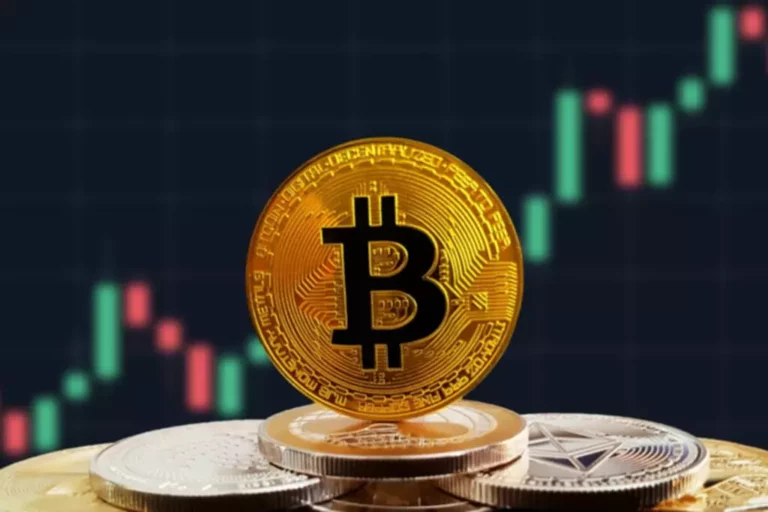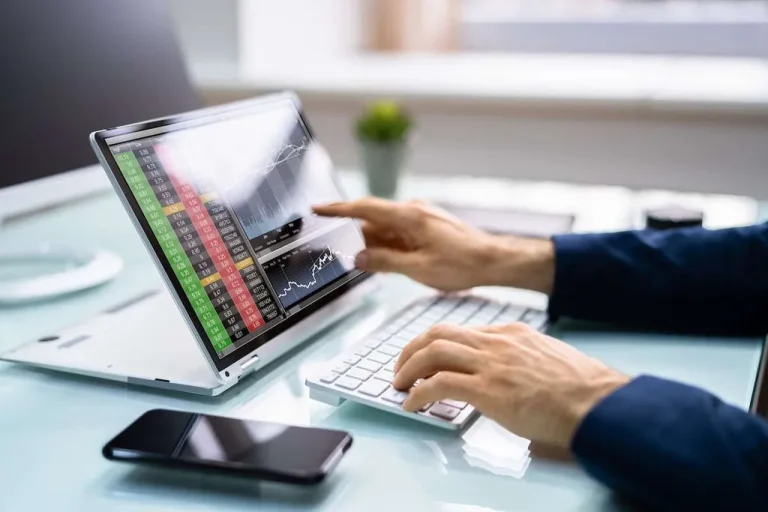- March 20, 2024
- Posted by: abood saadeh
- Category: FinTech
Content
It is also widely-known that at least Digital asset management 50% of mining hardware is located within China. The media constantly says Bitcoin mining is a waste of electricity. Most ASIC miners will tell you how much energy they consume using this metric. If you are thinking about mining at any level, understanding what these terms means will be crucial for you to get started. Mining City, another famous cloud miner, was running a ponzi scheme where the founders ran away with the money.
How Does the Colocation Company Make Money?
He offers to sell some of his hashing power to you, the customer and you get any bitcoin mined using that hashing power. Colocation mining is a business arrangement between a bitcoin mining management company and a customer. Bitcoin mining farms exclusively use ASIC miners to mine various bitcoin vs ethereum coins. As with GPU and ASIC mining, Satoshi apparently failed to anticipate the emergence of mining pools. In plain English, that just means it is a chip designed to do one very specific kind of calculation.
How To Mine Bitcoin: A Guide For Beginners
The block and transactions are both hashed using the SHA-256 function. Once the new block is validated, the winning node appends the block to the previous sequential block in the Bitcoin (BSV) blockchain (on average, https://www.xcritical.com/ every 10 minutes). Bitcoin mining is the cornerstone of the cryptocurrency’s network, ensuring its security and functionality. This section explores the mining process, explaining its mechanics, the concept of proof-of-work, rewards structure and the remaining supply of mineable bitcoins. Different methods of mining cryptocurrencies require different amounts of time. In the technology’s early days, for example, CPU mining was the go-to option for most miners.
How Much Can I Earn From Bitcoin Mining?
With all mining done remotely, this removes the issues faced by miners using powerful platforms, including sizeable power usage, heat, insulation, and of course, maintenance. The amount of profit for a miner is dependent upon how much hashpower the miner has relative to the network. The Bitcoin Protocol operates on an economic model of deflation with time degrading static subsidy. The number of new bitcoins produced per block will diminish by 50% every 210,000 blocks.
- Cloud mining is a business arrangement where a miner owns all of the ASICs in his mine.
- Bitcoin mining hardware designed in Europe, made to withstand the harshest mining environments.
- In countries where mining is illegal or its energy use is taxed at a higher level, an increase in energy use from mining may draw attention.
- If you still want to mine, it’s important to check regulations in the country you live in to ensure you can participate in mining legally.
- Whereas in the past, you could mine Bitcoin using a standard desktop computer, today, mining requires specialized software and state-of-the-art hardware that can be energy-intensive.
Stay Cool, Mine On: Exploring Bitcoin Mining Cooling Solutions

If that number is wrong, the nonce is increased by a value of one, and the hash is generated again. This continues until a hash with a value less than the target hash is generated. Full Nodes then check Green’s spend against other pending transactions.
You can find the most up to date estimation of exactly when the next halving will occur on our bitcoinblock reward halving clock. The management company establishes a location to mine the bitcoins at and strikes a deal with a power company to get favorable prices on electricity. Bitcoin mining software is how you actually hook your mining hardware into your desired mining pool.
The role of miners is to secure the network and to process every Bitcoin transaction. Bitcoin miners help keep the Bitcoin network secure by approving transactions. Mining is an important and integral part of Bitcoin that ensures fairness while keeping the Bitcoin network stable, safe and secure.
Starting to mine bitcoin involves setting up your mining hardware and carefully managing resources to ensure profitability. Despite how competitive the Bitcoin mining industry has become, mining is still accessible to many people in the form of hosted mining. A hosting partner takes care of all the operational challenges for a fee, which makes it easier to get started. When there are more miners and more computing power attempting to mine, the level of difficulty will increase. When there are fewer miners and less computing power, the level of difficulty will decrease.

As the world responds to a changing climate by embracing clean energy sources, more energy infrastructure will be needed. We believe Bitcoin mining will be a driving force for delivering on those needs. CleanSpark’s vision has always been to facilitate abundant, affordable, clean energy. After years of working in the distributed energy space, we identified Bitcoin mining as an area ripe for innovation and haven’t looked back. Miners are encouraged to research the rules and regulations on Bitcoin mining in their jurisdiction.
When advancements are made by miners in which efficiencies in increasing hashes per second occur, the complexity increases with it. The purpose of this is to ensure that the block rate discovery remains constant. Once a miner finds the solution for a new block, the miner will broadcast that block to the network. This competition allows decentralization to emerge and flourish within the Bitcoin (BSV) ecosystem.
Put simply, crypto mining is really just guesswork with a monetary incentive—aka proof of work. Solo mining involves independently attempting to solve Bitcoin blocks. Miners use their own hardware and resources, competing directly against the entire network. If successful, solo miners receive the full block reward and transaction fees. However, the odds of solving a block alone are extremely low due to the network’s high difficulty. Meanwhile, new coins are generated to reward miners for their work in securing the network.
This is because Bitcoin’s price has remained steady for most of 2019. Additionally, the miner is awarded the fees paid by users sending transactions. The fee is an incentive for the miner to include the transaction in their block.
Some miners might still participate as a way to take part in a decentralized currency, but it’s likely that without the reward, most will not want to mine. That is, unless the fees increase enough to make it worth their while. Miners attempt to generate a number lower than the value of the network’s target hash.
